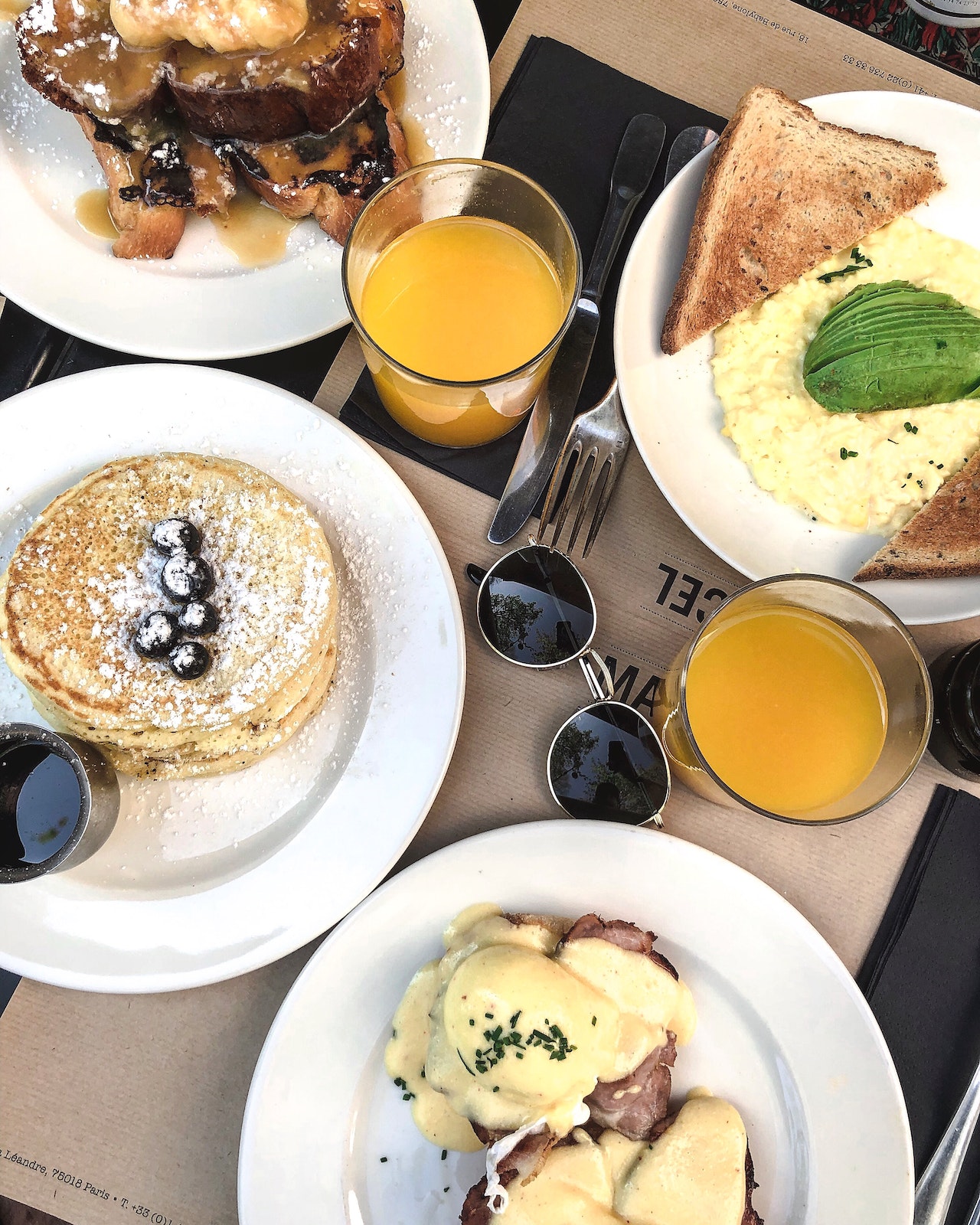Introduction:
When it comes to culinary experiences, the combination of food and drinks can elevate the enjoyment to new heights. The right pairing can enhance flavors, create balance, and provide a harmonious dining experience. In this article, we explore the art of food drinks pairings, uncovering the secrets behind finding the perfect match to complement and elevate your meals.
- Understanding Flavor Profiles:
To create a successful food drinks pairing, it is essential to understand the flavor profiles of both the dish and the drink. Consider the dominant flavors, such as sweet, salty, sour, bitter, and umami, in the food. Then, look for a drink that can either enhance or contrast these flavors. For example, a crisp and acidic white wine can complement the richness of seafood, while a hoppy beer can cut through the fattiness of a burger.
- Complementary Pairings:
Complementary pairings involve selecting a drink that shares similar flavor components with the dish. For example, a fruity cocktail with citrus notes can beautifully complement a tangy ceviche, as both have bright and refreshing characteristics. Similarly, a robust red wine with hints of dark berries can enhance the flavors of a juicy steak, as they both have bold and robust profiles.
- Contrasting Pairings:
On the other hand, contrasting pairings involve selecting a drink that contrasts with the flavors of the dish, creating a balance and exciting the palate. For instance, a spicy Indian curry can be wonderfully complemented by a crisp and refreshing lager, as the beer’s coolness helps tame the heat of the dish. Similarly, a creamy dessert like crème brûlée can be balanced by a sparkling wine with its effervescence and acidity.
- Regional Pairings:
Exploring regional pairings can be a fascinating journey into the culinary traditions of a specific culture or cuisine. Each region has its own traditional food and drink combinations that have been perfected over time. For example, in Italy, a classic pairing is pasta with a glass of Chianti, while in Japan, sushi is often enjoyed alongside sake. By studying and embracing regional pairings, you can uncover new and exciting flavor combinations.
- Texture and Mouthfeel:
Pairing food and drinks goes beyond flavor alone; texture and mouthfeel also play a significant role. Consider the texture of the dish and select a drink that complements it. For instance, a creamy and velvety soup can be paired with a full-bodied white wine that has a rich mouthfeel. Similarly, a crisp and effervescent beer can cut through the heaviness of fried foods, providing a refreshing contrast.
- Personal Preferences:
While guidelines and recommendations can be helpful, ultimately, food drinks pairings are subjective. Everyone’s palate is unique, and personal preferences should be taken into account. Experimentation and exploration are key to finding your own perfect pairings. Don’t be afraid to try unconventional combinations or trust your instincts when selecting a drink that complements your favorite dishes.
Conclusion:
The art of food drinks pairings is a delightful journey of discovery, where flavors, textures, and personal preferences come together. By understanding the flavor profiles, considering complementary or contrasting elements, exploring regional traditions, and paying attention to texture, you can create harmonious and memorable dining experiences. So, the next time you sit down for a meal, take a moment to explore the world of food drinks pairings and unlock a whole new level of culinary delight. Cheers to culinary harmony!




